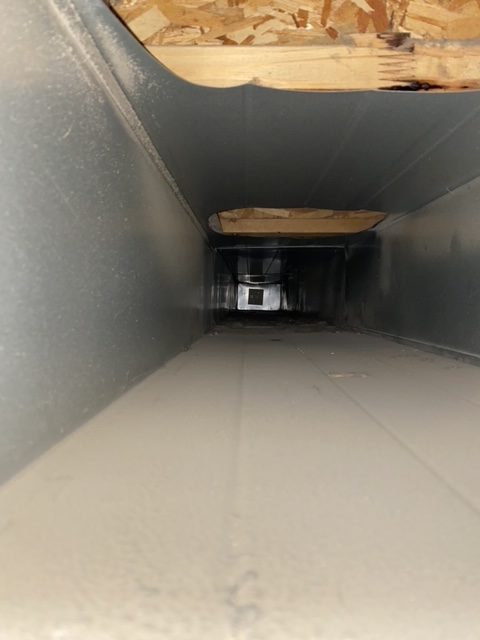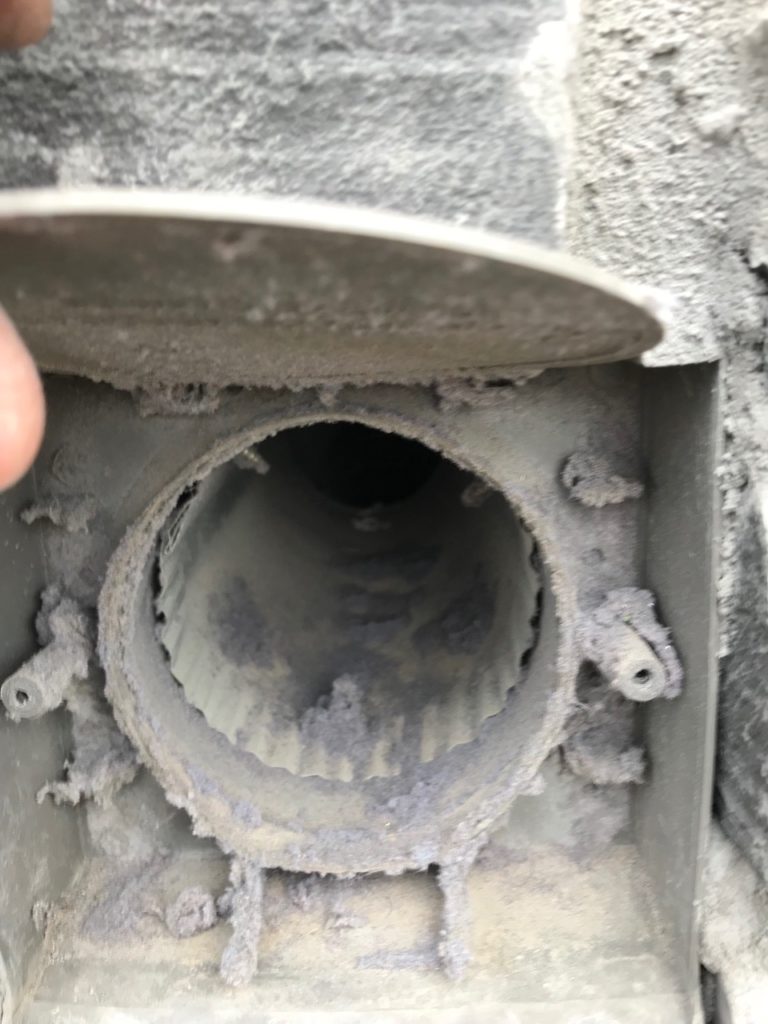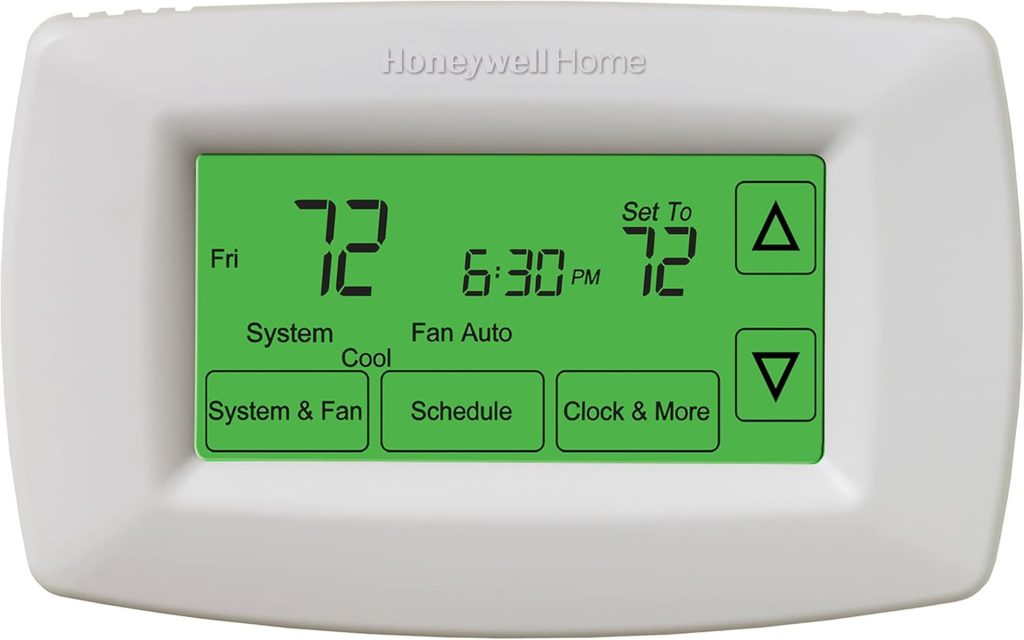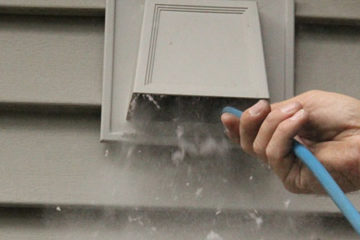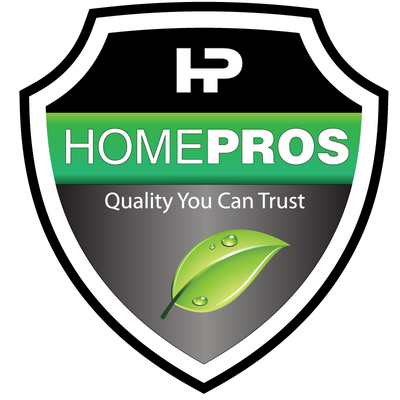As the weather cools down, ensuring your heating systems are in optimal condition is a must for your Ready For Fall Checklist. Regular checks and maintenance of your furnace, boiler, fireplace, and even your dryer vent are crucial to keeping your home warm, safe, and energy-efficient. Let’s explore why this step is essential, what to check, and how to keep your heating systems in peak condition.
Why Checking Heating Systems is Essential in Your Ready For Fall Checklist
A properly functioning heating system is vital for comfort and safety during the colder months. Neglecting this step can lead to potential hazards like carbon monoxide leaks, system breakdowns, and skyrocketing energy bills. Regular checks and maintenance ensure your equipment runs efficiently, extends its lifespan, and provides peace of mind knowing that your home will stay warm all season long. Make sure to add this to your Ready For Fall Checklist to avoid any unexpected surprises.
Key Components to Check in Your Heating Systems
- Furnace: Regularly clean or replace filters, inspect burners for dust and debris, and check the pilot light for proper operation.
- Boiler: Look for any leaks, check pressure levels, and bleed radiators to remove trapped air.
- Fireplace and Chimney: Clear out creosote buildup, check for blockages, and inspect for any cracks or damage that could pose a fire hazard.
- Thermostat: Make sure it is calibrated correctly and functioning properly.
Step-by-Step Guide to Check Heating Systems
- Replace or Clean Furnace Filters: Dirty filters restrict airflow, causing the furnace to work harder and consume more energy. Replace or clean filters at least every three months to maintain efficiency and improve air quality.
- Inspect Burners and Pilot Light: Check the burners for proper ignition and ensure the pilot light is steady and blue. Clean any dust or debris that might affect performance.
- Check Boiler Components: Look for visible leaks, check the pressure gauge to ensure it is within the recommended range, and bleed radiators to release any trapped air.
- Clean and Inspect Chimney and Fireplace: Remove any debris, creosote, or nests that may obstruct airflow. Inspect the chimney and fireplace for cracks or other damage that could lead to smoke or carbon monoxide leaks.
- Test the Thermostat: Set your thermostat to different temperatures and make sure it responds correctly, maintaining the desired temperature without frequent cycling.
The Importance of Duct Cleaning in Your Ready For Fall Checklist
Keeping your ductwork clean is essential for efficient heating and good indoor air quality. Dust, debris, and allergens can accumulate in ducts, forcing your heating system to work harder and increasing the risk of mould growth.
- Why Duct Cleaning Matters: Clean ducts improve airflow, reduce energy consumption, and help maintain a healthy home environment.
- How to Clean Your Ducts: Consider hiring a professional duct cleaning service to thoroughly remove dust and debris from your ductwork. Regularly check vents for visible dust and vacuum them periodically.
Don’t Forget Dryer Vent Cleaning
While not a part of your central heating system, your dryer vent is another critical component that needs attention. A clogged dryer vent can cause your dryer to overheat, posing a fire risk.
- Why Dryer Vent Cleaning is Necessary: Lint buildup in dryer vents reduces efficiency and can lead to dangerous overheating. Cleaning your dryer vent reduces fire risk and ensures your dryer operates efficiently.
- How to Clean Your Dryer Vent: Disconnect the dryer, use a vacuum or a specialized brush to remove lint from the vent and the vent duct, and consider professional cleaning for long or hard-to-reach ducts.
When to Call a Professional to Check Your Heating Systems
While DIY checks can handle many tasks, there are situations where professional help is necessary:
- If you hear strange noises or detect unusual smells coming from your heating system.
- When there are persistent cold spots in your home or uneven heating.
- If you notice higher-than-normal energy bills without a clear reason.
- For comprehensive annual maintenance, a professional HVAC technician can provide a thorough inspection and tune-up to keep your system running efficiently.
Additional Tips for Maintaining Your Heating Systems in Your Ready For Fall Checklist
- Schedule Annual HVAC Maintenance: Regular professional maintenance is key to extending the lifespan of your heating system.
- Seal Ductwork: Check for leaks in your ducts and seal them with duct tape or mastic or a service like Aeroseal to improve heating efficiency.
- Use a Programmable Thermostat: Optimize your heating schedule to reduce energy costs by setting the thermostat to lower temperatures when you’re away or asleep.
Common Mistakes to Avoid When You Check Heating Systems
- Ignoring unusual noises or smells that could indicate a problem.
- Failing to replace or clean filters regularly, leads to reduced efficiency and poor air quality.
- Overlooking duct leaks or obstructions can reduce airflow and increase energy use.
Making sure your heating systems are in top shape is a critical step in your Ready For Fall Checklist. From furnace filters to dryer vents, each component plays a role in keeping your home safe, warm, and energy-efficient. Don’t wait until the first cold snap — inspect your heating systems today and enjoy a worry-free fall and winter season!

